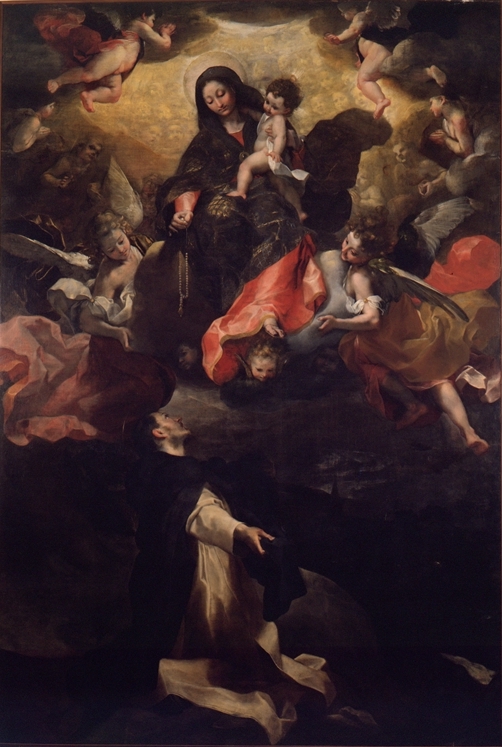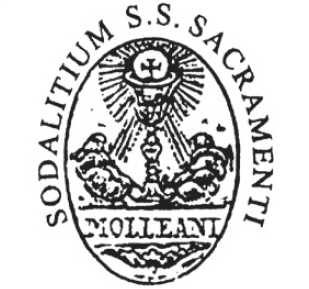I found both readings this week very interesting. They both were very focused on the formation of Mannerism and what forms it took. What I found interesting about Freedberg’s book Painting in Italy 1500-1600, was the cultural aspects that he discusses. He writes that early Mannerists were concerned with emotional problems that were highly personal. This is interesting because it is another emergence of personally feelings for the artists and their subjects. Humanism allows emotions to an extent but it focuses on how many thinks, instead of how they feel. Symith’s article suggests that some of Michelangelo’s late paintings could either be High Renaissance or early Mannerist. I am suggestion that his late paintings are early Mannerists based on the evidence presented in these two readings. Many of his writings tell us that he was struggling with many personal issues at the end of his, both emotional and physical. His health was taking a downturn and he felt his art was taking a toll because of it. I believe this idea is evident in Michelangelo’s Last Judgment, especially when we look at what historians believe his is self-portrait; the man without no bones.
Another aspect of the readings I found interesting was Freedberg claimed that Mannerists were painting in a restrictive and reactionary cultural atmosphere and that art was being created under a controlled formulae. Symith seems to support Freedberg’s claim in his article. Mannerists were trying to create the ideal body for painting that could cross over all subject matters. This lead artists to establish a set number of poses for the bodies they were painting. Every pose in Mannerist art seems to follow these set poses; there are about 20 of them. What made them react to the cultural atmosphere this way? What caused artists to tamper down their create processes and limit themselves to 20 odd poses for the human body? What caused artists to turn away from works like Leonardo’s and Michelangelo’s? I think they were reacting to the Counter-Reformation and the lasting consequences that had on the art produced at this time. The Catholic Church was questioning and reviewing their art commissions and I believe the artists responded in kind, which lead to Mannerist art.






